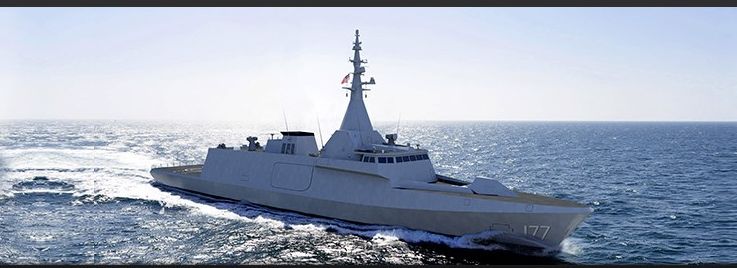
SHAH ALAM: You Win Some, You Lose Some. In the previous post, we discussed about the possibility of the RMN getting more hulls, specifically China-made warships. Several readers suggested that there wasn’t not enough funds for RMN to get its cake and eat it too.
While its true that maintaining a bunch of old ships is hard on the RMN, its operational budget has really taken a beating since it started operating the submarines. And its RMK11 development budget is being consumed by the LCS.
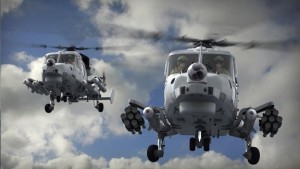
The 15-to-5 plan – it is claimed – will solve the operational budget issue by reducing the hull types from the current 15 to five. However, I do not think this will solve the issue completely as the RMN still needs a higher operational budget.
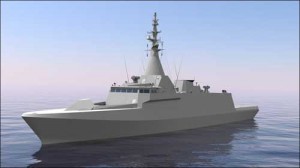
If the plan is approve and the RMN gets more hulls, its imperative its gets higher operational budget, otherwise it cannot afford to operate the ships!
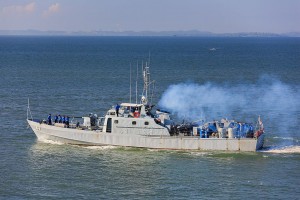
But how is the RMN going to get new hulls – whether or not based on the 15-to-5 plan – when the development budget has been consumed by the LCS? Well, you win some, you lose some.
In my post,Five Things We Are Getting in RMK11, I wrote that the RMN ASW helicopters has been green-lighted.
The project to equip the RMN with six ASW helicopters was supposed to be funded in RMK10. However it was deferred. Fortunately it has now been revealed that the project had been approved for RMK11
Industry sources have told me that since the emphasis is for RMN to get more more hulls, it is likely that the ASW helicopters funding would be diverted to the project instead.
Whether or not this will mean that it’s getting the two C28A corvette or four LMS we discussed previously, is beyond me at the moment, however.
And there are moves to get the ASW helicopter project off the ground, most likely by upgrading them.
At DSA 2016, Global Komited Sdn Bhd signed an agreement with Finmeccanica for the promotion, marketing and distribution of AW159 naval helicopters to the Malaysian government. The agreement also covers the upgrade of the current Super Lynx helicopters in service with RMN.
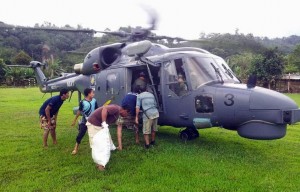
I have been told that apart from buying new build ASW helicopters, RMN Super Lynx could be upgraded with ASW equipment instead. The upgrading route is being pursued although an industry source told me that fitting the Super Lynx with ASW equipment will be an expensive and tedious affair.
Several local industry sources however disputed this saying it was just a smoke screen for us to buy new build helicopters. They insisted upgrading the Super Lynx helicopters for ASW was a viable project although the OEM was not so keen about it.
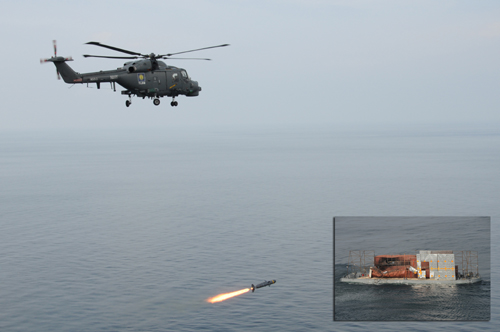
Furthermore, by turning the ASW program into an upgrade project, will result in it being funded by the operational budget. Whatever, the case, the project has been shelved – for the moment at least – as the intention is now to get more hulls for the RMN, ASAP.
You win some, you lose some.
— Malaysian Defence.
If you like this post, buy me an espresso. Paypal Payment


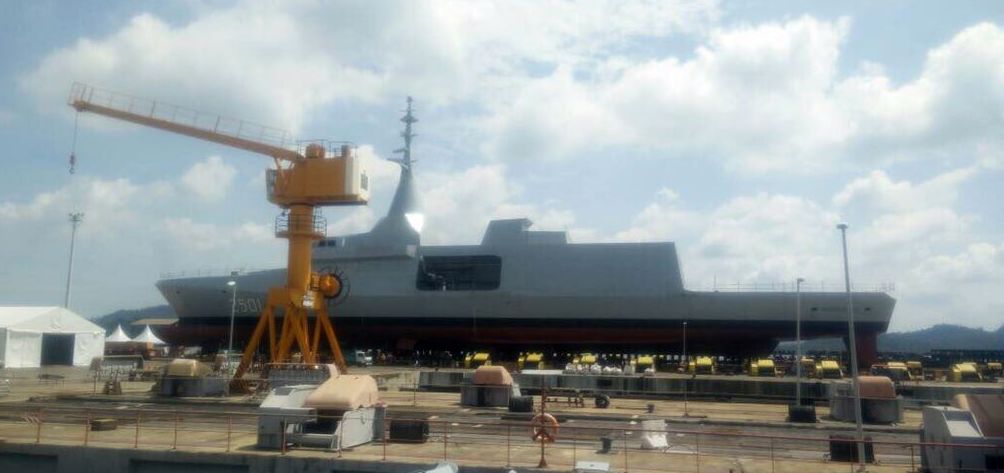

At last, either 2 corvette or 4 LMS. I didn’t get the LMS numbers in previous discussion.
Now a weak MYR had made it tougher to buy things in USD. If PRC extend a financing scheme which is favourable to both side like the 2nd Penang Bridge, maybe later we can see more details of this PRC hulls.
Of course the oem (and their agents and the people approving it that would benefit from it) is not keen on upgrading the existing helos as they would benefit the least from it. Countries such as Portugal and Brazil shows that the super lynx could be upgraded with similar asw suites as the wildcat.
About the LMS. We need a program similar to the SGPV for that, encompassing the entire needed quantity to replace the current ships. It should not be done by piecemeal. At least 2 dozen LMS is needed, and it could be something like having LMS-A and LMS-B to cover all the required operational missions.
The main issue with reconfiguring the Super Lynx to ASW is the need for adequate power supply and the wiring and interface stuff. Also, a Super Lynx with a dipping sonar and its associated equipment is good for ASW but little else due to lack of space. Which is why the majority of Lynx/Super Lynx users have not reconfigured their helos for ASW. Another issue is endurance, an ASW configured ASW needs endurance as it often takes a lot of time to detect and track a contact [even with help from a mother ship]; not to mention engaging it.
P.S. Another issue is sonarbuoys. Have many – if any – can a Super Lynx carry?
Well, buying made China Warship will be big mistake. Just like Bolivian Army complaint about Chinese Harbin Helicopter H425. And they not happy.
It seems that the situation tend to suggest for RMN to completely do away with EEZ patroling (leave it to APMM) and just focus on enhancing its blue water/deterrent combat capability.
In order for it to be economically reliable then it seems the number of hulls should just be confined to 6 LCS, 6 upgraded NGPV,the two subs and several support ships.The NGPV should be upgraded to a combat corvette with ASUW and limited air defence capability.
All the other class should be retired or transferred to other agencies if it is still economically useful.
Then new hulls acquisition for patrol purposes should be under apmm.these vessels should be minimally armed,low operating and maintenance set up and vast in numbers (at least 24)
Personally however i dont believe this idea will fly
Talon, whatever issues Bolivia had with Chinese helicopters have zero bearing on whether Chinese ships will be a sound decision. It’s as silly as saying one should not buy any electronics made in Malaysia because someone else had issues with cars made by Proton …. People are fond of saying we shouldn’t buy Chinese hulls but can’t provide hard facts to support their claim. As stated before, the days when Chinese yards churned out hulls with quality issues and cheap steel are long gone – it’s not 1988 anymore but 2016. There is a huge difference in build quality between Thailand’s Jianghu IIIs and Algeria’s C28As in terms of build quality, damage control standards, etc.
Nobody would complain if we bought South Korean hulls but if we’re going to use the same arguments used against Chinese hulls; I can also point out that in the 1980’s South Korean ships were not renown for their build standards – doesn’t mean the same applies today. Personally I couldn’t care less whether the hulls are made in China, South Korea or Russia; as long as its delivered on time and on spec and the taxpayer get his/her ringgit’s worth. The biggest danger is not quality issues due to the hull being built in location ‘X’ or ‘Y’ but the RMN having to lower its requirements because of insufficient funding ………..
What we need imo is more patrol boats like the samudera class to give the new gowinds better protection from being rammed.if they rammed us we can always rammed back.wakakakaka
The powers that be, just build more Kedah class and arm them as should be with RAM and Exocet.
And please arm them with the 76mm and a 35mm Milenium on the hangar.
Another addition could be triple AS torpedo tubes.
marhalim,
Are you getting philosophical with titles like this …..
“Sunshine after the storm”
“Better late than never”
“You win some and you lose some:
Aiyoo….
Reply
Nope, SEO suggestions…
Q:
If money is sooo tight, why do we need an army of 80,000?
That is the size of the British army.
Is it possible to slowly reduce to 50,000 like during the second emergency. The money saved can help make the overall ATM more modern and professional (not that it is not now).
We certainly need patrol vessels. But perhaps some of the funding can be diverted to long endurance UAVs for patrol.
Tom Tom,
Like all armies the bulk of men are not in fighting units but staff, support, administrative and other units. If we have a paper strength of 80,000 and assume that like most armies there are 4 non fighting men to every 1 in a combat unit; then we can roughly figure out what the rifle strength is based on the some 35 [?] infantry battalions we have; not including the Border Regiment and the 3 in Gerak Khas. We also have to take into account that there’s a difference between paper or authorised strength and actual strength – many units will not be a full strength; granted attracting the right manpower is not the problem it was during the 1990’s but is still an issue.
During the 2nd Emergency we had a large area to cover but the bad guys were concentrated in a few areas and not in large numbers; as such we shouldn’t make any comparisons with the army’s strength then and now. The army went through 2 major expansions; the first during the Confrontation and the 2nd during PERISTA.
Downsizing is not the answer but re-organisation and keeping up with the times, i.e. some units can be re-converted and re-organised and we can trim the various HQs.
Our army during emergency days was more nearer to 100,000 men
So does this mean funding for MRCA will not be in the 2017 planning/budget, looking at how tight the pocket is?
out of topic:-
http://www.thestar.com.my/news/world/2016/09/23/india-signs-78-billion-euro-deal-for-36-rafale-fighter-jets-from-france/
If based on this, 1 rafale would equate to USD242 million (i assume includes supports and weaponry). If our budget is only around USD2 billion, the we could only get 8 at best.
The price will depend on the training and support package the customer goes for, as well as any offsets included. I’m pretty sure the price does not include ordnance. In many cases ordnance is acquired under a separate contract.